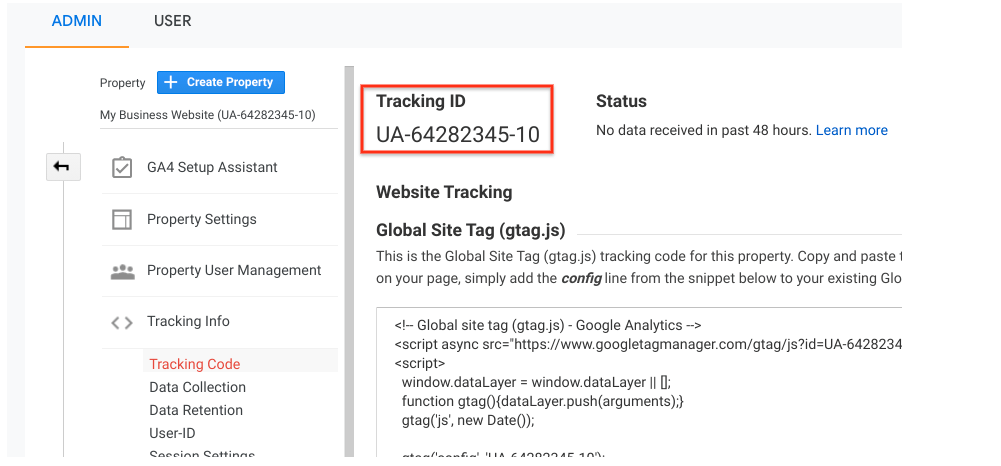Ultimate FAQ: What Data Does Google Analytics Prohibit Collecting?
Grasping the Art of Conquering Data Collection Limitations in Google Analytics for Better Decision-Making
In the world of electronic analytics, the ability to extract meaningful understandings from information is vital for educated decision-making. By using advanced techniques and tactical approaches, companies can raise their information top quality, unlock concealed understandings, and lead the method for more enlightened and efficient decisions.
Data Top Quality Assessment
Analyzing the top quality of information within Google Analytics is an important action in making sure the dependability and accuracy of understandings obtained from the gathered information. Information high quality evaluation involves reviewing different elements such as accuracy, completeness, consistency, and timeliness of the data. One essential element to consider is information accuracy, which describes exactly how well the data mirrors the true worths of the metrics being measured. Unreliable information can result in faulty verdicts and misguided organization decisions.
Completeness of data is an additional important element in examining data high quality. It entails guaranteeing that all needed information factors are gathered and that there are no gaps in the info. Incomplete information can skew analysis outcomes and impede the ability to obtain a comprehensive sight of individual habits or web site performance. Consistency checks are likewise important in information quality assessment to recognize any type of discrepancies or anomalies within the data set. Timeliness is just as important, as obsolete information may no more matter for decision-making processes. By focusing on information high quality evaluation in Google Analytics, companies can improve the dependability of their analytics reports and make more informed decisions based on precise understandings.
Advanced Monitoring Techniques
Utilizing innovative monitoring techniques in Google Analytics can dramatically boost the deepness and granularity of data collected for even more detailed evaluation and insights. One such technique is event tracking, which permits the surveillance of details interactions on a web site, like click buttons, downloads of data, or video sights. By carrying out event monitoring, organizations can get a deeper understanding of customer actions and involvement with their on the internet material.
Furthermore, personalized dimensions and metrics give a method to customize Google Analytics to particular company demands. Custom dimensions permit the development of brand-new data points, such as individual functions or client sectors, while customized metrics allow the tracking of distinct performance indicators, like revenue per user or ordinary order value.
Moreover, the usage of Google Tag Manager can simplify the implementation of monitoring codes and tags across a website, making it much easier to take care of and release innovative monitoring arrangements. By using these innovative monitoring methods, businesses can unlock valuable insights and maximize their online strategies for better decision-making.
Custom Measurement Application
To enhance the depth of information accumulated in Google Analytics past innovative tracking methods like occasion tracking, companies can implement custom-made measurements for even more tailored understandings. Customized dimensions permit services to specify and accumulate details information points that relate to their one-of-a-kind objectives and objectives (What Data Does Google Analytics Prohibit Collecting?). By designating custom dimensions to different components on a site, such as individual communications, demographics, or visit session information, companies can acquire a much more granular understanding of exactly how customers involve with their on-line homes

Attribution Modeling Approaches
Reliable acknowledgment modeling is essential for understanding the effect of numerous advertising and marketing networks on conversion courses. By employing the appropriate attribution design, companies can properly associate conversions to the suitable touchpoints along the consumer journey. One usual attribution model is the Last Interaction version, which offers credit scores for a conversion to the last touchpoint a user engaged with prior to transforming. While this version is simple and straightforward to carry out, it usually oversimplifies the client trip, ignoring the influence of other touchpoints that contributed to the conversion.

Data Sampling Avoidance
When dealing with large volumes of information in Google Analytics, conquering data tasting is necessary to guarantee exact understandings are obtained for notified decision-making. Information sampling takes place when Google Analytics estimates patterns in information instead than assessing the total dataset, potentially causing manipulated outcomes. To avoid information sampling, one efficient technique is to lower the day array being examined. By concentrating on much shorter time frameworks, the chance of coming across tasted information reductions, giving a more accurate depiction of individual behavior. In addition, making use of Google Analytics 360, the costs variation of the system, can help mitigate tasting as it permits greater information limits prior to sampling starts. Implementing filters to tighten down the data being examined can additionally assist in preventing sampling issues. By taking these aggressive steps to lessen data tasting, services can extract a lot more information more exact understandings from Google Analytics, leading to better decision-making and boosted general performance.
Conclusion
Finally, grasping the art of getting rid of data collection limitations in Google Analytics is critical for making notified decisions. By carrying out a detailed information high quality evaluation, executing innovative monitoring strategies, using custom dimensions, utilizing attribution modeling approaches, and staying clear of data tasting, services can make certain that they have accurate and reputable information to base their choices on. This websites will eventually lead to much more effective techniques and far better outcomes for the organization.
